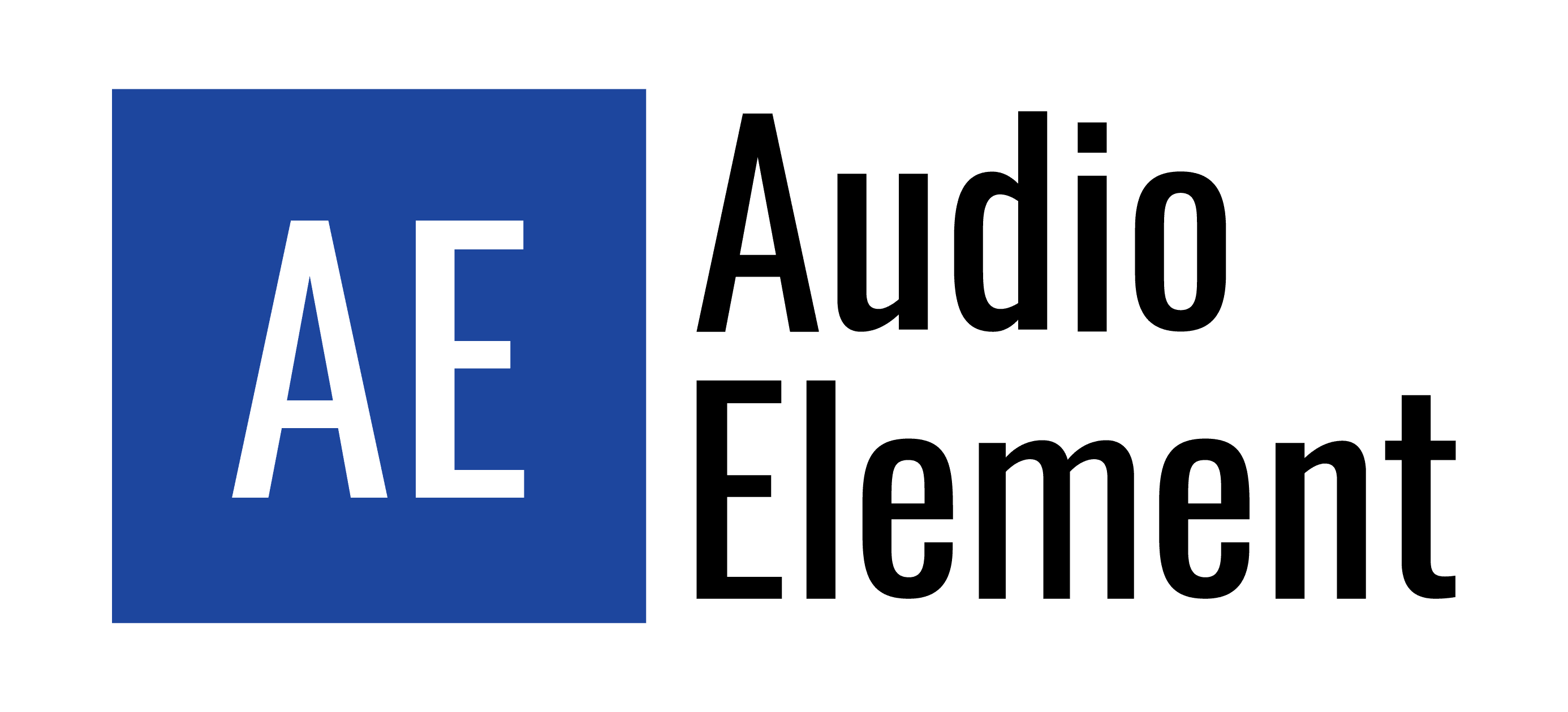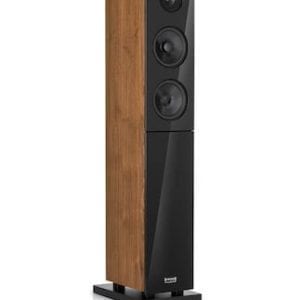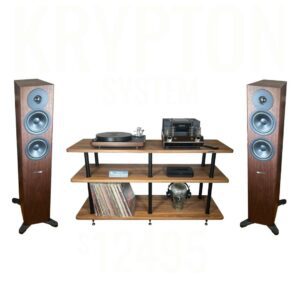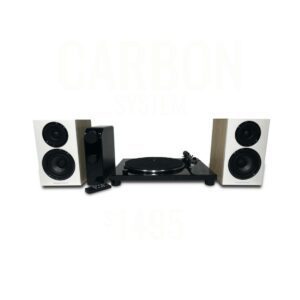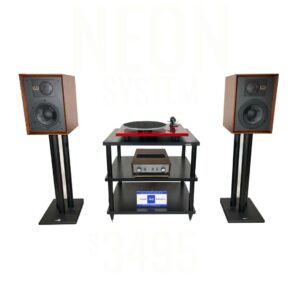[vc_row][vc_column][vc_column_text css=”.vc_custom_1528484836989{margin-bottom: 0px !important;}”]by Kyle Byquist
Headphones are a fantastic way to experience music and provide a relatively low cost-of-entry into the world of HiFi music playback systems. However, not all headphones are created equal; understanding fundamentals of headphone design is instrumental in picking the right headphone for you.
First, let’s start with the principle of headphone design in the world of HiFi (high-quality reproduction of sound). Headphones designed first and foremost for sound quality serve a different purpose than headphones designed for utility or functionality; generally, HiFi headphones will not be wireless or noise-cancelling. These features, while immensely useful for travel and exercise, tend to degrade sound quality, which is in opposition to the overall goal of HiFi: accurately recreating an audio recording as it was intended to be heard.
Next, we must decide on the overall design of the headphone: open-back or closed-back?
Open-back headphones are more common in HiFi, as they tend to sound more natural to most people, with detailed upper register, smooth midrange, and accurate bass representation. However, an open-back design will offer little to no isolation and creates headphone “bleed,” where the sound is audible to others who might be in the same space as the listener. Models from companies such as Sennheiser and Grado tend to be primarily of open-back design.[/vc_column_text][mk_gallery images=”1045,1042,1044″][/vc_column][/vc_row][vc_row][vc_column][vc_column_text css=”.vc_custom_1528401532963{margin-bottom: 0px !important;}”]Closed-back headphones offer more isolation, and an overall more immersive experience for the listener. While good closed-back headphones have detail in upper and midrange frequencies, they lack the natural space and air that is found in open-back designs. This might be of secondary concern to someone who favors bass-heavy music, as closed-back designs generally present a deeper low-end than open-back.
[/vc_column_text][mk_gallery images=”1043,1040″ column=”2″][/vc_column][/vc_row][vc_row][vc_column][vc_column_text css=”.vc_custom_1528404107798{margin-bottom: 0px !important;}”]Once a design preference has been established, we can decide on a specific brand and model. This requires listening to different models in-person and can be more accurately tailored to the needs and preferences of the listener. At this point, several factors come into play, from the types of materials used, driver design, as well as ear cup shape. Again, these elements are best understood through listening to several different manufacturer designs and models.
After a headphone model has been selected, we can begin to optimize the system. This includes three primary components: the sound recording, playback source, and the headphone amp. In most conventional headphone systems today, listeners are plugging headphones straight into the headphone jack of either a computer or phone. While this provides sound through the headphones, it is not optimal to get the most out of your headphones.
A high-quality sound recording, such as CD’s, high-fidelity streaming, or quality vinyl (for the analog listener) should be of utmost importance before addressing the following components.
The playback source is the next component to optimize your headphone listening. Assuming a digital sound recording is used such as CD or other digital files, the DAC will be essential for the optimum conversion from the digital file to the analog signal. The DAC built into most phones and computers are of average quality, so adding an external DAC bypasses the one on the phone or computer and improves quality significantly. The quality of the DAC is paramount to the overall sound quality achieved in the system; better conversion means better sound.
The final piece of the system is the headphone amp. A good pair of headphones is not achieving its full potential of sound quality unless properly driven. In most situations, a headphone is not properly driven by the output of a phone or computer; there is simply not enough power in the signal. A dedicated headphone amp provides the proper output level for the headphones, which allows the headphones to operate the way in which they were designed.
By paying attention to the design of the headphones, sound preferences, and a combination of quality sound recording/playback source/amp, we can achieve a great sound from a headphone listening system.
Audio Element provides both the knowledge and components needed to pair you with your perfect headphone listening system. Come by our Pasadena showroom for all of your listening needs![/vc_column_text][/vc_column][/vc_row]
